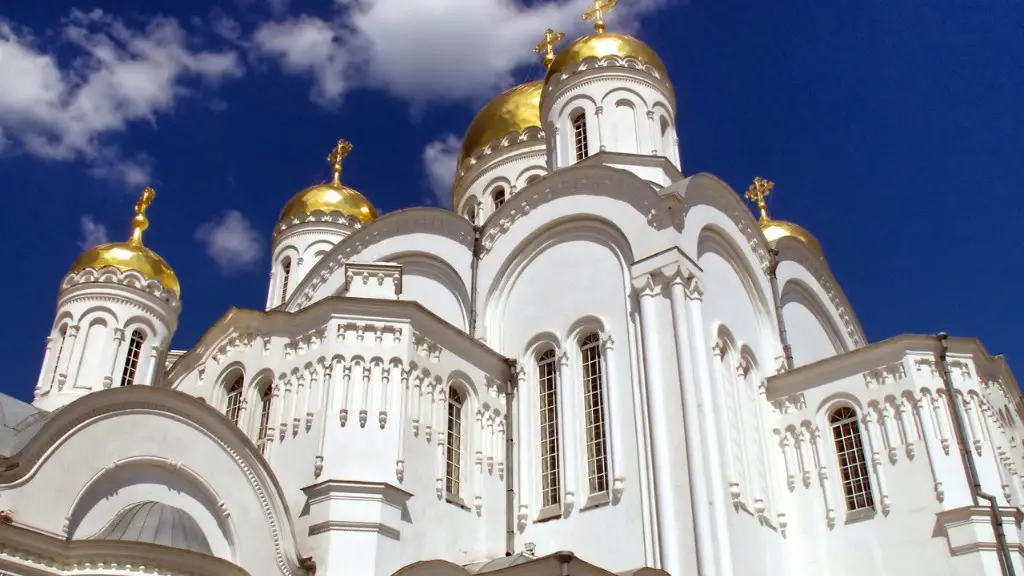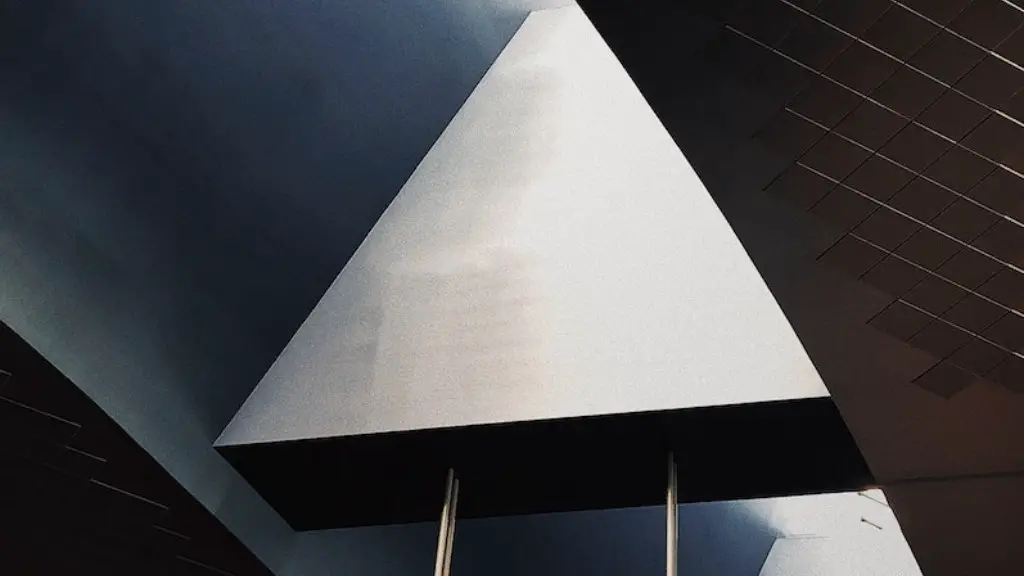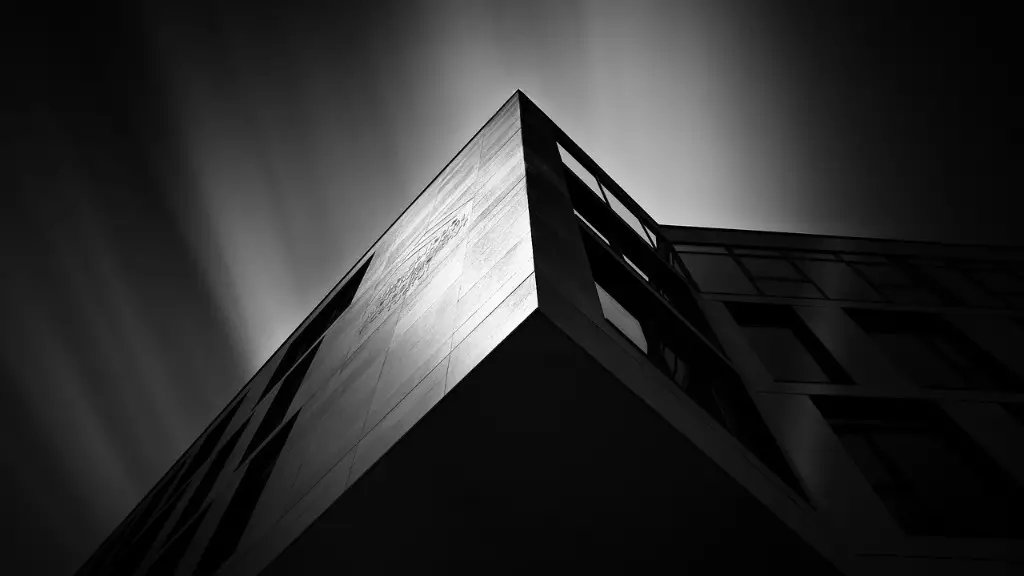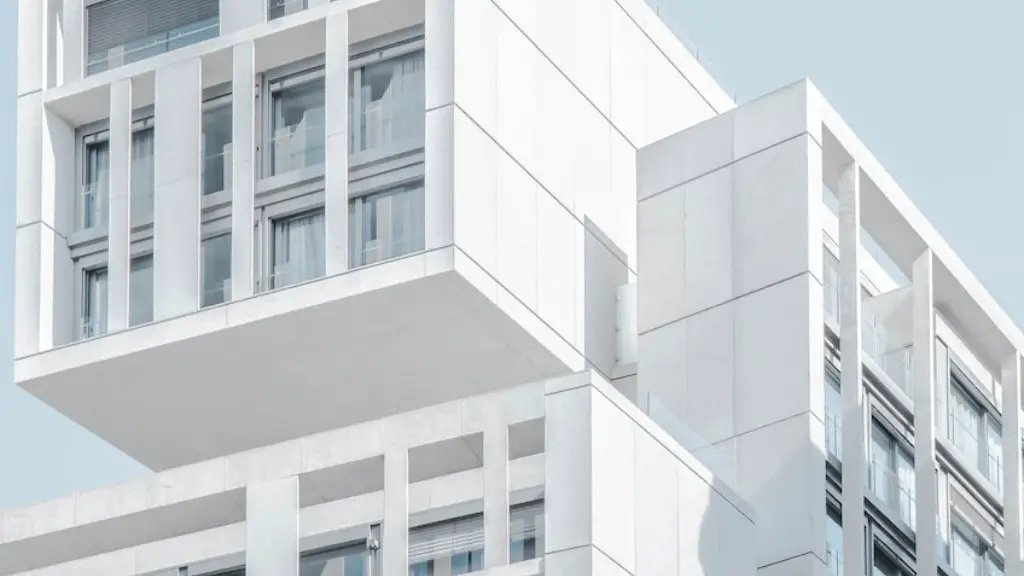Gothic architecture is one of the most influential and renowned styles in architectural history. It has been used for a range of structures, from grand cathedrals in to smaller churches and homes. Characterised by its soaring, vertical designs, its intricate details and bold concepts, Gothic architecture has become an icon in its own right. Here, we examine the elements of Gothic architecture and explore the legacy it has left behind.
The term ‘Gothic’ was initially used as a derogatory term in the 18th century to describe a style that was seen to be not as elegant or refined as other architectural styles in the Middle Ages. However, with more research and appreciation over the years, it has since been seen to be an influential and significant style, leading to a resurgence in the 19th century. The style is typified by its pointed arches, ribbed vaulting, large stained glass windows, towers, and flying buttresses.
Pointed Arches
Pointed arches are one of the key elements of Gothic architecture. Unlike the round arches with a smooth curve, Pointed arches taper inwards, creating a much sharper angle to direct the flow of energy outwards and upwards. As a result, pointed arches allowed Gothic structures to become much taller and more structurally stable.
The pointed arches also helped to define the beauty of Gothic architecture. The sharp angles created a unique and remarkable aesthetic impact, which is just as striking today as in the Middle Ages. As a result, these arches are still highly visible in Gothic architecture today.
Ribbed Vaulting
Ribbed vaulting is another important element of Gothic architecture. This type of vaulting is designed to support a ceiling, while also creating an intricate design element. The ribs are made up of radiating lines that join up to form a network of arcs and ogee curves, creating a honeycomb-like vault.
Ribbed vaulting allowed the ceiling and the walls of Gothic structures to be held up above the structure’s interior. It also allowed the Gothic architects to add more intricate detailing to their structures.
Large Stained Glass Windows
Large stained glass windows were another important element of Gothic architecture. These large windows allowed for an enormous amount of natural light to enter the structures, creating a warm and inviting atmosphere within.
As well as providing light, the stained glass windows were also intricately designed, often depicting religious figures and stories. This added to the beauty of the structures and made them much more impressive than a simple window with no decoration.
Towers
Towers and spires were often a prominent feature of Gothic churches and cathedrals. These towers and spires were often incredibly tall and impressive, reaching so high that they were often visible from miles away.
Towers also provided practicality to the structures. They acted as beacon to guide people to the church or cathedral, while also providing a place of refuge in times of danger.
Flying Buttresses
Flying buttresses were also standard features of Gothic architecture. These structures were designed to provide extra support to the walls and ceilings of the structures and help to increase their structural stability. The arches of the buttresses also helped to reinforce the pointed arches of the walls, creating a more unified structure.
The flying buttresses were an important addition to Gothic architecture as they allowed the structures to become higher and more sturdy. In addition, they also create a intricate and attractive design statement.
Legacy Of Gothic Architecture
Gothic architecture has left a lasting legacy and influence across the world. Its grand and awe-inspiring structures have been an inspiration to many architects and designers, who seek to create their own unique and bold structures. Its pointed arches, ribbed vaulting, stained glass windows, towers and flying buttresses have all become synonymous with Gothic architecture and have created a lasting impact in the architectural world.
Impact On Financing
Gothic architecture also had a major impact on the way in which structures were financed. In the Middle Ages, the Church was often the main source of funding for the construction of churches, cathedrals and monasteries. Therefore, it was important for the churches to be impressive and to attract as many people as possible.
The ambitious and elaborate designs of Gothic architecture allowed the Church to become much more successful in fundraising and donations, as people were often only too willing to donate their money to such impressive structures. This allowed for the development and refinement of Gothic architecture.
Future of Gothic Architecture
Gothic architecture continues to hold a place in modern architecture and is likely to remain significant for many years to come. As technology and engineering improves, Gothic structures can be improved in terms of structural stability, while still retaining their grand and awe-inspiring aesthetics.
Gothic architecture is also an important part of history, and its influence and legacy should be respected and celebrated. As such, newer structures should seek to incorporate Gothic elements, while also reflecting the modern era.
Gothic Architecture In Popular Culture
Gothic architecture has also made its way into popular culture, in a range of films, books, and video games. The Gothic style is often used to create an atmosphere of mystery, wonder and fear, and it isn’t hard to understand why. Gothic structures evoke a sense of awe and grandeur, as well as a sense of intrigue and unease.
From horror films, such as The Haunting of Hill House, to musicals such as The Phantom of the Opera, Gothic architecture has become a popular backdrop for a wide range of stories and genres. It is a lasting testament to the legacy and influence that Gothic architecture has left, and continues to leave, on popular culture.
Adoption of Gothic Architecture
As technology evolves and architects seek to create more beautiful and innovative designs, the popularity of Gothic architecture has only grown. Its impressive architecture and intricate designs are still popular for a range of different structures, from churches and cathedrals to homes and office buildings. Gothic architecture can serve as an inspiration for modern architects, who seek to create unique and awe-inspiring structures.
The influence of Gothic architecture can be seen in modern structures all over the world. Contemporary buildings often incorporate elements of Gothic architecture in their designs, using pointed arches, ribbed vaulting, and other decorative elements to bring a sense of grandeur to the structure.
Future Of Gothic Architecture
Gothic architecture has been through many highs and lows throughout its long history. Despite this, it remains one of the most beloved and influential styles of architecture, with its influence continuing to be felt in modern structures. Its intricate designs and grandiose aesthetics are likely to remain popular for many years to come, as architects continue to draw inspiration from its legacy.





